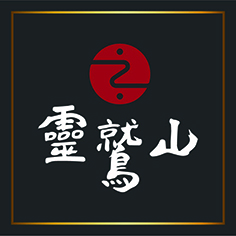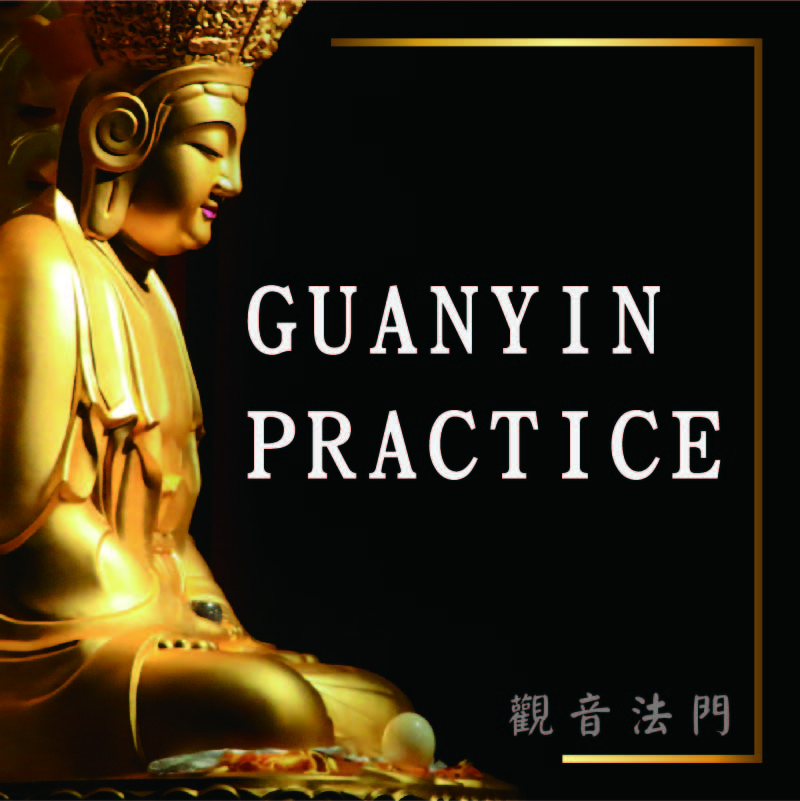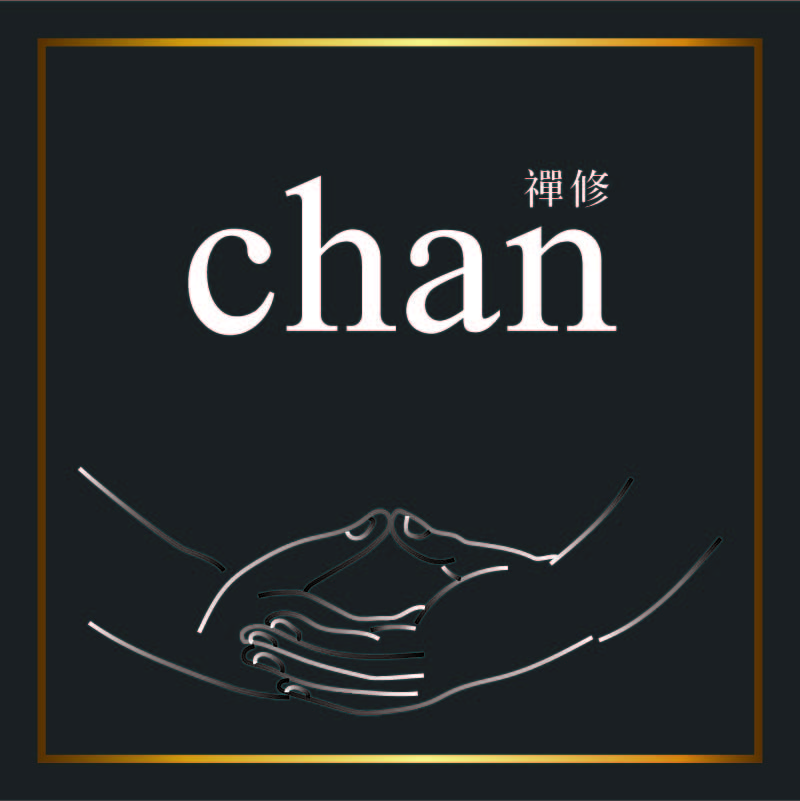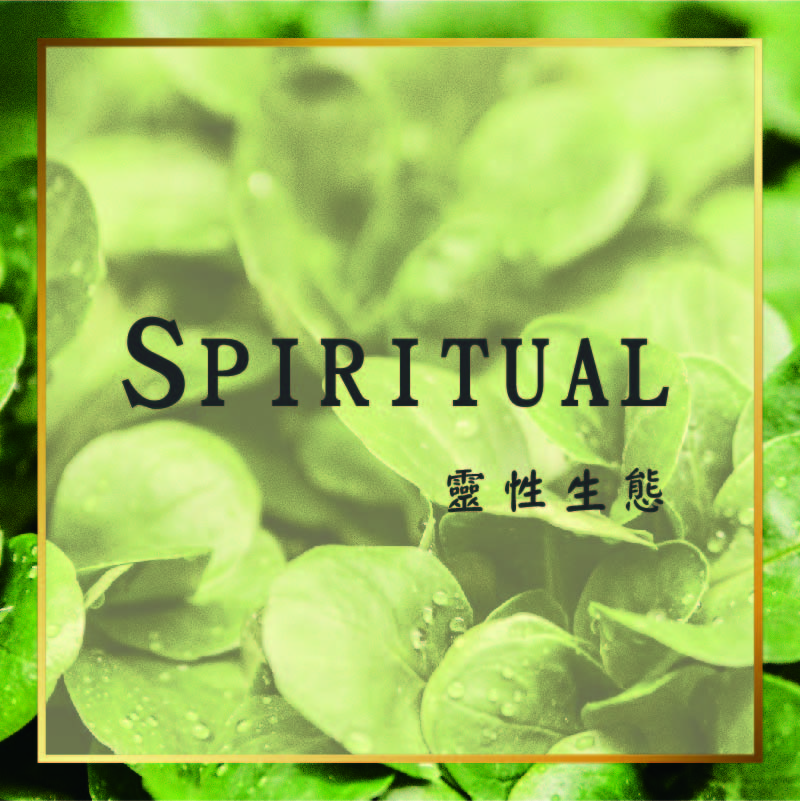

The Way Home
1885 saw the dismantling of a royal infrastructure that ruled over Burma for centuries when the British imperialism encroached upon the country’s rich natural resources and turned her into a province of British India, i.e. a colony of another colony.
During the era of occupation, the British adopted the policy of separatism among Burma’s ethnic groups so that minority tribes would ignore existing tensions amongst themselves to gang up against the majority ones. Even when independence was declared in 1948, domestic warfares continued and worsened over time. The militia mobilization of the Burmese communists added fuel to a 7-decade long disturbance of peace along the Sino-Burmese borders in the Shan and Kachin States.
The Kokang region is Special Zoning Number 1 of the Shan State of primarily Chinese origin. Until World War II that eventually impacted Burma, Kokang had been under the rule of a clan surnamed Yang with hereditary authority handed down for generations. It nonetheless fell victim to on-going cross-fires between the United Army of the Burmese Communists and armed forces of Burma’s military government.
Yang Jin-Sheng, the secular name of Dharma Master Hsin Tao, was born in the year Burma declared independence. His life was thus predestined to remain intertwined with a war-torn Myanmar. Three Bhikkhus were seen entering the less-traveled Lai Kan mountains near Kokang, and a boy was born that night. But Yang Jin-Sheng’s biological parents left him war-orphaned at barely 4 years of age and before he could remember how he had been loved. War also left him no choice but to follow the guerrillas as a child soldier who climbed mountains and zigzagged his way into northern Thailand. There his adoptive parents made arrangement for 13-y-o Yang Jin-Sheng to ‘withdraw’ and ‘repatriate’ back to Taiwan with the Yunnan-Burmese anti-communist guerrilla forces.









